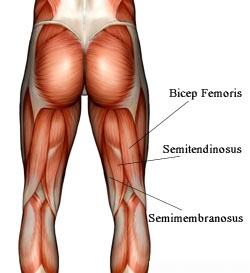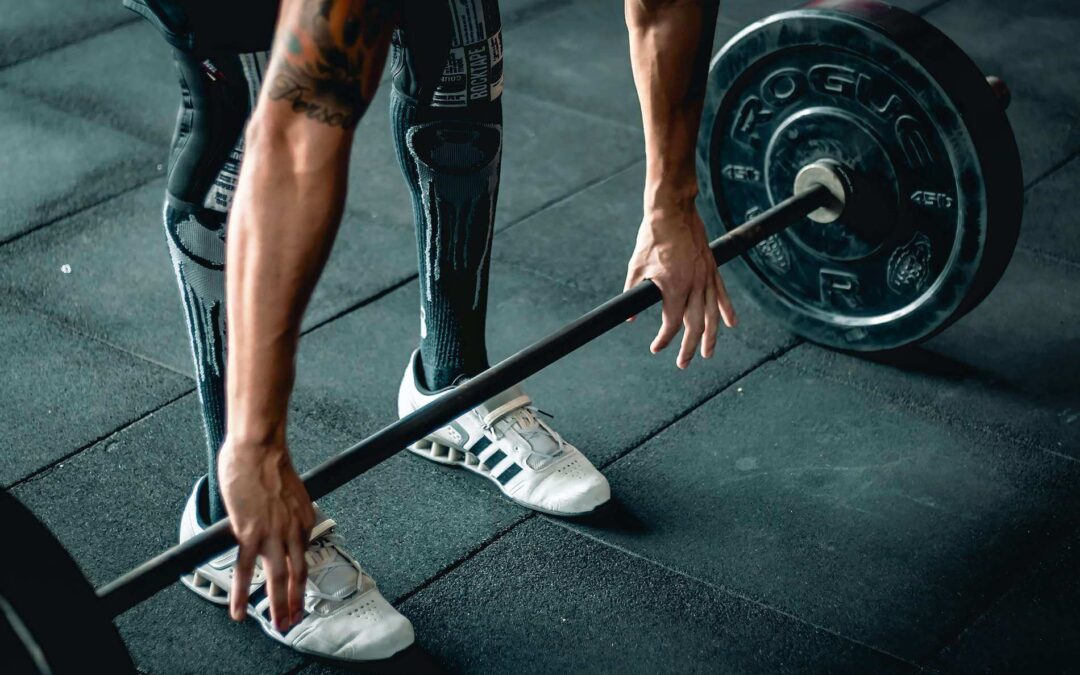When it comes to building strength and stability in the lower body, the focus often tends to be on the quads, glutes, and calves. However, one muscle group that is often overlooked but plays a crucial role in overall lower body function is the hamstrings. These muscles, located on the back of the thigh, are not only essential for athletic performance but also for everyday activities and injury prevention.
In this blog post, we will delve into the importance of strengthening the hamstrings and explore how targeted exercises can improve performance, reduce the risk of injury, and enhance overall lower body function. Whether you’re an athlete looking to maximize your potential or someone simply looking to improve your fitness and mobility, understanding the significance of hamstring strength is key to achieving your goals. So, let’s dive in and discover why strengthening your hamstrings should be a priority in your workout routine.
The three muscles of the posterior thigh (semitendinosus, semimembranosus, biceps femoris long & short head) flex the knee, while all but the short head of biceps femurs extend the hip. The three ‘true’ hamstrings cross both the hip and the knee joint and are therefore involved in knee flexion and hip extension. The short head of the biceps femoris crosses only one joint (the knee) and is therefore not involved in hip extension. The hamstrings are made up of a high percentage of fast twitch muscle fibers and therefore respond best when trained with heavy loads.

Effective Hamstring Training Yields Numerous Benefits
- Deceleration: Strong hamstrings enhance your ability to stop and change direction swiftly.
- Forward Propulsion: These muscles propel you forward during maximum speed running, alongside the glutes.
- Knee Joint Stability: Hamstrings help stabilize the knee joint, reducing the risk of ACL injuries.
- Power Transfer: They facilitate power transfer from the knee to the hip joint.
- Rotational Movement: Hamstrings assist in rotating the lower leg when the knee is bent.
- Athletic Performance: Strong hamstrings, along with glutes and lower back, are pivotal for speed and strength in deadlifts and squats.
- Aesthetic Appeal: Well-developed hamstrings contribute to a pleasing physique.
Hamstrings are more than just muscles—they’re essential for optimal performance and aesthetics. Let’s look at some of my favourite hamstring strengthening exercises below.
Hamstring Strength & Conditioning
1.Glute-Ham Raises
Push with the calves, then hams then glutes and reverse order on the way up. Keep your hips extended. Add weight, bands, chains for more resistance. Because of the high amount of fast twitch fibers, the hamstrings respond well to eccentric work. A good training protocol would be 6-12 reps for 3-5 sets.
2. Harrop Curl
If you don’t have a G-H raise machine, there are ways you can improvise. Grab a strong power band and attach it to a harness, hook the power band to the top of a chin-up bar and secure your feet under something solid. You can also just do this exercise with a partner holding your shins/ankles down as you eccentrically lower yourself to the ground and use your hands to help push you up (just enough) to the point where your hamstrings can take over and return you to the torso upright position.
If you’re wondering what the difference between a Nordic curl and the Harrop curl is, this part is for you. Both exercises designed to target the hamstrings, but they differ in execution and emphasis.
Nordic Curl:
-
- The Nordic curl is primarily an eccentric exercise, focusing on lowering the body under control while the hamstrings lengthen.
- It typically involves kneeling on a soft surface with the ankles anchored or held by a partner, then lowering the torso towards the ground while maintaining tension in the hamstrings.
- The emphasis is on eccentrically loading the hamstrings, which can help improve strength, stability, and resilience in the posterior thigh muscles.
Harrop Curl:
-
- The Harrop curl is a variation of the Nordic curl that adds an element of concentric contraction to the movement.
- It involves performing the eccentric lowering phase of the Nordic curl followed by a concentric lifting phase to return to the starting position.
- By incorporating both eccentric and concentric contractions, the Harrop curl provides a more dynamic and complete hamstring workout compared to the purely eccentric focus of the Nordic curl.
3. Sled Pulling
Upright Sled Walking facing toward the sled and walking backwards is a great way to target the hamstrings.
4. Band Leg Curls
Train with the repetition method, as Louie Simmons of Westside Barbell would suggest. This basically means high reps with a lower resistance. A great way to do this is seated with the band secured around your ankle. Curl the band inward for 15-20+ reps.
5. Romanian Deadlift
The Romanian deadlift is a controlled hip hinge with knees slightly bent and spine neutral.
6. Heavy Reverse Hyperextensions
These work your lower back as well as your glutes and hamstrings and traction out the spine between each eccentric-concentric action. These machines are also used in rehabilitation for back injuries since they have this traction effect. A recommended training protocol would be 6-10 reps for 2-6 sets, according to Louie Simmons.
7. Pull throughs
Having bent legs with work the glutes more (it will work the hamstrings less since they are already shortened) and having straight legs will work the lower back and hamstrings more. Face away from the cable machine (or band attached to something secure) with the cable (or band) held between your legs. Bend over so that your back rounds out, straighten your back so that you have a neutral spine and hip extension. Here is a video of the Pull-Through with bent legs and a video of the Pull-Through with straight legs below.
Continuously prioritise training your posterior chain and avoid neglecting it. Incorporate variety into your exercises by introducing new movements to challenge your body. If you’re not seeing progress in your physique or strength levels, it’s time to switch up your training regimen. Remember, developing strong hamstrings, glutes, and lower back muscles is essential for both speed and strength gains.
